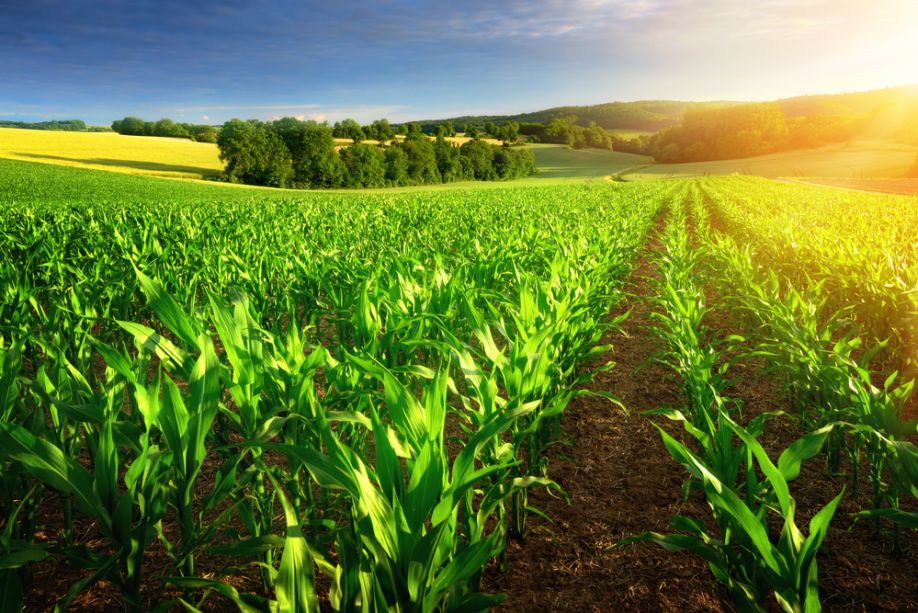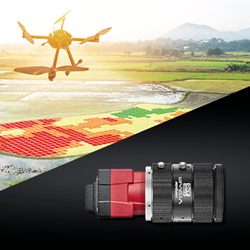Implementing Erosion Control Strategies on Modern Job Sites: 5 Critical Considerations

Agriculture is often a more complex industry than it appears on the surface. Managing land requires balancing many unpredictable factors, and growing environmental concerns and regulations bring new considerations. One such consideration for any job site that involves breaking ground is soil erosion.
The world loses 24 billion tons of fertile land every year, for which erosion is responsible for a considerable portion. Farmers and other professionals that disrupt the landscape, like construction teams, must do what they can to stop this trend. However, the path forward may not be immediately evident.
Why Is Erosion Control Necessary?
Understanding the full extent of erosion’s negative effects can help drive more effective action. Activities like farming and construction are some of the biggest contributors to erosion, but they also feel its impact the most. Topsoil loss costs roughly $37.6 billion annually in productivity losses, as it degrades soil health.
As soil erodes, it takes fertilizer and water with it. Consequently, farmers must spend more on these resources to maintain a productive crop, leading to increasingly slimmer profit margins. This runoff also pollutes the surrounding environment as fertilizers and pesticides seep into waterways.
Polluted water raises water management costs, damages aquatic ecosystems, and could bring hefty fines as environmental restrictions tighten. Eroded soil also reduces the strength of the land, potentially endangering buildings and the people in them.
These economic and environmental costs are severe, and they’re getting worse. U.S. farms now lose twice as much topsoil per year than the Great Plains did during the Dust Bowl. With all this in mind, here are five critical considerations for implementing erosion control strategies.
1. Understanding the Site’s Capability
The first step to erosion control begins before any work on the job site. One of the best ways to prevent erosion is to use the land according to what it can handle. Soil loss often stems from inappropriate or excessive land use, so more careful planning can help avoid it.
Before beginning any project, whether building a new structure or planting new crops, analyze the available land. Some lands are more suitable for grazing, some for planting crops, and others are too vulnerable to support much activity. Looking at soil maps and reports and analyzing soil content can help reveal which areas are best for which projects.
Generally speaking, steeper slopes are better for pasturing, and even terrain with deeper soil is better for crops. Land with a long history of use may have a weaker topsoil layer, making it less suitable for disruption. Understanding these factors can help guide better land-use decisions, preventing erosion from the beginning.
2. Capitalizing on Natural Erosion Barriers
Some of the most effective erosion barriers already exist in nature. Capitalizing on these natural resources can help maximize erosion control while keeping costs and environmental disruption low. Planting vegetation to cover the land’s surface and provide natural mulch to strengthen the soil is one of the best of these natural methods.
While farmers may not always be able to cover their entire land surface, they should try to cover as much as possible. An area with just 6% surface cover may lose 1.7 millimeters of topsoil in a storm, whereas land with 69% cover loses just 0.02.
Deep-rooted native plants are the best options to use for erosion control. Specifically, trees, wildflowers, and prairie grasses will provide some of the best protection. On top of covering the soil’s surface, these plants will create a natural mulch as they decay, protecting roots to strengthen the soil.
3. Using Synthetic Erosion Control Tools
While natural resources are abundant and effective, they’re not always applicable. In those instances, farmers and other land-managing professionals should consider human-made tools to prevent erosion. The best anti-erosion infrastructure mimics natural solutions: covering surfaces, strengthening the soil, or blocking and redirecting runoff.
Sandbags are a popular solution to block flooding and soil runoff, but they can damage the environment. Alternatives like soil netting and inflatable dams are gentler and come at a much lower cost, so they’re a better choice. The best solution often depends on the situation at hand, so it’s important to understand how a project might affect erosion to find the right answer.
In general, it’s best to go with whichever tools will disrupt the surrounding environment the least. It’s also better to redirect runoff instead of damming it entirely, if possible, as damming it can cause it to build up and spill over.
4. Strip Cropping
Another thing to consider is how to use the land to minimize its impact on erosion. One of the most effective farming techniques for erosion control is strip cropping. This method provides built-in barriers to runoff, conserving rainwater and redirecting runoff while minimizing related costs and infrastructure.
Strip cropping involves planting alternating crops in close rows along the natural contours of a slope. The alternating plant and root systems will create a natural dam, stopping water from flowing down a hill and eroding the soil. Since different plants absorb nutrients differently, this variation will also strengthen the soil by dispersing the impact of wind, rain, and other erosion-causing factors.
It’s important to keep these rows along slopes’ natural contours. While this may make some farming processes less standardized and, thus, more difficult, it helps redirect water more easily.
5. Improving Drainage
Finally, farmers and other professionals affecting the landscape should consider their draining solutions. If water and other runoff can flow out of an area more efficiently, it won’t contribute to erosion as quickly. Several new technologies make it easier to create optimal drainage systems, too.
Modern soil sensors can track water retention, nutrients, sun exposure, and more. These readings will highlight which areas are receiving too much water and fertilizer and which aren’t receiving enough. Farmers can then design drainage systems accordingly, accounting for these varying needs.
Pipe networks should distribute water across an area, not just redirect it all to one location. If they place all of the runoff in a single area, it will cause erosion there, counteracting any meaningful erosion prevention. Perforated underground pipe systems may be necessary, as these evenly disperse water throughout an area.
Erosion Control Is Essential for Agriculture
The world cannot survive without agriculture, yet many common agricultural practices are actively harmful to the environment. As these issues grow, it will become increasingly crucial to mitigate the industry’s ecological impact. Better erosion control is a small but critical part of that movement.
Farmers should work through these five considerations to determine the best way to prevent erosion in their area. More thorough planning and careful implementation can reduce agriculture’s impact on erosion. As a result, farmers will protect the environment and maximize their future profits.
Comments (0)
This post does not have any comments. Be the first to leave a comment below.
Featured Product


